The giddy scheming has reached a fevered pitch, and now the "Center on Global Energy Policy" is advising that greedy transmission developers simply run right over state authority and private property rights by using questionable federal transmission siting and permitting authority to build as much new transmission as they can, as fast as they can.
What's the "Center on Global Energy Policy"? Don't be fooled by its association with Columbia University and the NYU School of Law. If you look at this organization's website, you can see it's funded by energy companies, mainly oil and gas. Why would the oil and gas industry be interested in building a bunch of new electric transmission? Is it so that we can put more electric cars on the road? Seems kinda counterintuitive, doesn't it? Oh, keep going on the "partners" list. Under "sustaining annual circle" you'll find ACORE -- American Council on Renewable Energy. These schemers have been pushing for tripling the amount of long-distance electric transmission for months now. Who funds ACORE? There you'll find all the usual suspects: companies who stand to profit from building new renewables that want you to pay to ship their product around the country, such as Pattern, Invenergy, Avangrid, Next Era, Berkshire Hathaway. Joining them in this well-financed effort is a bunch of investment firms, law firms, and wind turbine manufacturers. All in, these companies stand to make a mountain of cash building a bunch of utility scale renewables far from load centers. Now we know why they're doing this! It's not for "green" energy... it's for GREEN DOLLARS!
This is an entirely created "crisis." The only "crisis" at hand is that alternatives to geographically remote renewables, such as offshore wind, will soon be here. The companies behind this initiative want to continue to make money building remote renewables. They don't want better, cheaper solutions that make sense for consumers. The economics of making resource decisions are not on their side. If someone wants to build a new power generator, there's a lot of figuring that goes into whether or not it is beneficial for customers. Not all new generators are beneficial, and there are choices to be made between generator options. The cost of the generator + operating costs + delivery costs. That's what the consumer would pay. All these different costs need to be put into the equation. When you compare onshore wind with offshore wind, for instance, offshore wind may be more expensive to build, but it doesn't require as much long distance transmission, therefore it may actually end up being cheaper when all costs are considered. That's probably what scares these companies the most... remote renewables are too expensive for consumers when compared to more local, distributed options. They demand that the federal government force remote renewables on everyone. This sentence explains it better than I ever could. An 82-page report... one sentence!
Second, increasing access to renewables benefits customers otherwise unable to fulfill a preference for a low-emission fuel source and sometimes lowers electricity prices.
Sometimes? But not when you add in the cost of trillions of dollars of new transmission, right?
And take a look, a really good look, at some of the rhetoric in this "report." Although it's complicated reading for folks who haven't been riding the transmission train for years, the bald arrogance of these schemers is plain to see. It's practically oozing out all over the floor! Contempt for landowners and affected communities is combined with haughty condescension to state utility commissions. They don't even try to hide it. It's all about using the federal government and federal eminent domain to thwart opposition. The people who would be forced to live with all this new transmission don't matter one whit to these greedy schemers. It's all about their profits, not your little life, private property, or well-being. They want to cut states out of the transmission siting picture because they may have been responsive to the plight of people. People don't matter here... only company profits. This is top down corporate take over of the federal government in order to use federal authority to steal from people and give to corporations. There is no consumer "need" for any of this. The corporations are the only ones saying it's needed. The people are not saying they need it. Actually, they're quite agnostic if their bill doesn't go up or the government doesn't show up to take their private property. Pretending to want "green energy" is nothing more than virtue signaling at its finest. In the interest of "environmental justice" they just want to shift the hurt somewhere else so they can feel good about their own neighborhood. Nobody should have to live with unwanted energy infrastructure in their backyard.
So, what is it they're planning to do now? Way back in 2005, Congress passed a sweeping new energy policy act. This Act was supposedly in response to the Northeast blackout of 2003. It wasn't about renewable energy. Within that act were two new sections, Section 1221 and Section 1222. Section 1221 tasked the U.S. Dept. of Energy with performing triennial transmission "congestion studies" to designate "National Interest Electric Transmission Corridors" (NIETCs) in areas that were "congested" and causing higher energy prices due to lack of adequate transmission. Once a NIETC was designated, the Federal Energy Regulatory Commission could step in to permit new transmission in a NIETC if a state could not permit it, failed to act on the project, or imposed unnecessary conditions on a permit that tanked the project.
DOE quickly designated two NIETCs, one along the mid-Atlantic between the Ohio Valley and the coastal cities, and one in the Southwest between Arizona and California. The NIETCs were vast, and DOE failed to properly consult with affected states as required by the Act. Once the NIETCs were in place, FERC engaged in rulemaking to set regulations for its role in siting and permitting transmission in a NIETC. FERC decided that it could site and permit transmission in any instance... that it could effectively preempt state authority in its entirety, even if a state rightly denied a permit for new transmission.
All this preemption got some folks hopping mad. Ironically, some of the environmental groups challenged these decisions in court because they presumed all this new transmission would increase the use of fossil fuels. However, it wasn't only them. A number of states also got into the action. If you tell a state that you're going to preempt their authority to set their own energy policy, you're going to get pushback. And so the courts eventually handed down two decisions that reined in the transmission schemers.
In the 9th Circuit, California Wilderness Coalition v. U.S. DOE vacated the NIETCs designated by the DOE for a failure to consult with affected states. Bam! NIETCs gone! Ever since, DOE has only played at conducting its "congestion studies", with numerous delays in actually getting it done combined with silly attempts at data collection and reporting. It's most recent "study" completed this year did not recommend designating any corridors or find any congestion worth worrying about. It should be three years before their next attempt. However, the schemers are pushing DOE to amend its report and designate new corridors. The idea is to only designate "narrow" corridors that correspond to project ideas. Essentially, if a company wants to build transmission, just let DOE know and they will designate a corridor for you based on future congestion that does not actually exist. And then they expect the designation will be re-litigated.
As a result of FERC's rulemaking that interpreted the Act to allow them to preempt a state denial of new transmission, the 4th Circuit in Piedmont Environmental Council v. FERC found that the Act does not contemplate FERC preempting a state's outright denial. This decision effectively stopped FERC's preemption, and combined with the 9th Circuit decision, knocked all the teeth out of Section 1221. It was no longer useful for overriding state authority to site and permit transmission and stepping in with federal permitting and eminent domain. However, the schemers are now pushing FERC to do a new rulemaking to promulgate regulations for siting and permitting new transmission in new corridors and using federal eminent domain in the event that a state denies a new transmission project. The logic here is even worse... the schemers say that the 4th Circuit decision only applies to the 4th Circuit, and therefore FERC should carry on with using its authority in other states not part of the 4th Circuit. The 4th Circuit covers the states of Maryland, North Carolina, South Carolina, Virginia, and West Virginia. If you live there, you are safe from FERC's preemption... for now. But the schemers suggest that FERC and transmission builders steam right ahead and re-litigate this issue in the other Circuits and hope for a different decision. Seems unlikely, but I suppose it could happen with the right activist judges. Then I suppose they'd try to re-litigate in the 4th Circuit, or bump it to the Supreme Court, to make their preemption complete coast-to-coast.
Also in the Energy Policy Act of 2005 was Section 1222, Third Party Finance. This Section allows the U.S. DOE to "partner" with third parties to build new electric transmission in certain federal power marketing territories (WAPA and SWPA). The transmission would be "owned" by the federal government so that it could use federal eminent domain and avoid state permitting, but it would be paid for and constructed by a third party. Interestingly enough, this third party was also supposed to keep all the profits generated by the transmission line "owned" by the federal government. The U.S. DOE tried to use this part of the Act to "partner" with Clean Line on its Plains and Eastern project. However, even with Section 1222 "partnership" the project failed because it did not attract any commercial interest. There's been a whole bunch of whining about exactly why Clean Line failed, and some hero-worshipping reporter wrote a book about it that tried to cover up the real reason. Nobody wanted to buy remotely generated renewables shipped via new long-distance transmission lines because they would rather develop and own their own renewables in their own regions/communities. Developing local renewables keeps energy dollars working within the community. It also provides energy independence and the security of smaller systems not subject to failure along a remote route thousands of miles long. As well, remote renewables cause local economic destruction with the closing of local power generators. Like 'em or not, power plants provide good paying jobs and tax payments. Remote renewables cause reliability issues. The reasons are many, not just "political" as the biased book author claimed.
The schemers want DOE to issue a new RFP for transmission projects to "participate" in under Sec. 1222. They say DOE should litigate whether Sec. 1222 gives it eminent domain authority, since the court left this question on the table when Arkansas landowners sued over the use of Sec. 1222. The schemers say that DOE can use "contributed funds" to make the project less likely to be opposed by making payments in lieu of taxes (remember, the federal government, as "owner" would not pay any state or local taxes for the transmission project). They also suggest paying bribes to local communities if they don't object. If the peons don't have any bread, let them eat cake, right? With all this gushing about how Sec. 1222 ameliorates opposition, the schemers fail to say how this wonderful idea ended up being challenged in court. I thought Sec. 1222 made landowners love transmission?
The schemers say they need to plow ahead using the existing, but toothless, Sections 1221 and 1222. However, where are they going to find transmission companies and investors willing to put their capital on the line to pursue such a risky endeavor? There are other options! Smaller, more widely distributed renewables are a cheaper, more reliable option. As well, offshore wind is becoming reality, and it's located within 10 miles of the coastal load centers. It makes no financial sense to build renewables in the middle of the country and then ship the electricity thousands of miles to load centers. It's also a gigantic safety risk, making huge swaths of the country dependent upon concentrated, new transmission stretching for thousands of miles.
It's also going to foment new opposition of record proportions. If they're going to triple the amount of transmission, they're going to intersect with hundreds of thousands of new landowners and communities who object to sacrificing their land and safety in order to make a new pathway for city dwellers to use renewables they don't want sited in their own neighborhoods. Yes, it's just more rural v. urban, Republican v. Democrat, middle class v. elite, division for this country. It's almost like the elite Democratic cities simply EXPECT that rural America should be trashed to provide for urban "needs." There are better solutions!
However, these schemers have about a thousand preposterous excuses for why other solutions can't work and why state preemption is necessary. I'm not buying any of them. You shouldn't either. Get ready, folks, the battle royale is on the horizon. If the schemers think transmission opposition is hard now, they haven't seen anything yet. They believe their schemes to preempt state authority will take away all the tools in the transmission opposition toolbox and render landowners and rural communities nothing more than helpless advocates for their money-making schemes. If there's one thing I've learned over the past decade it's adaptability. When a door closes, transmission opposition opens a window. When one tool breaks, we find another. There's simply too much at stake for people whose homes and livelihoods are at risk. We demand better solutions!
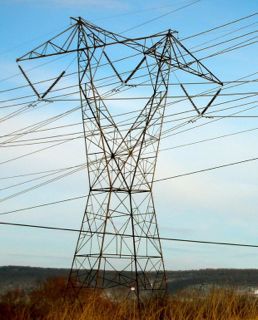

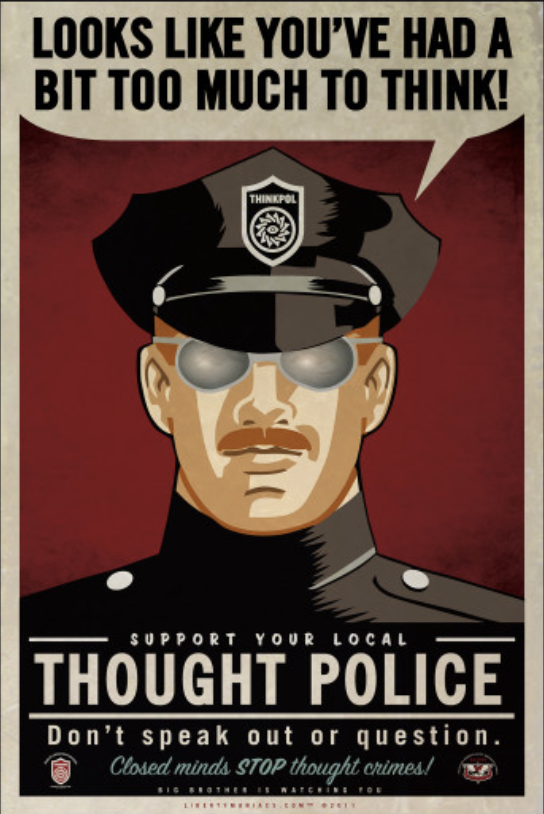
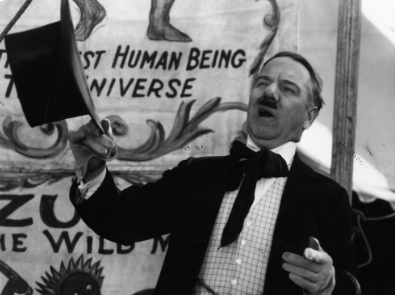
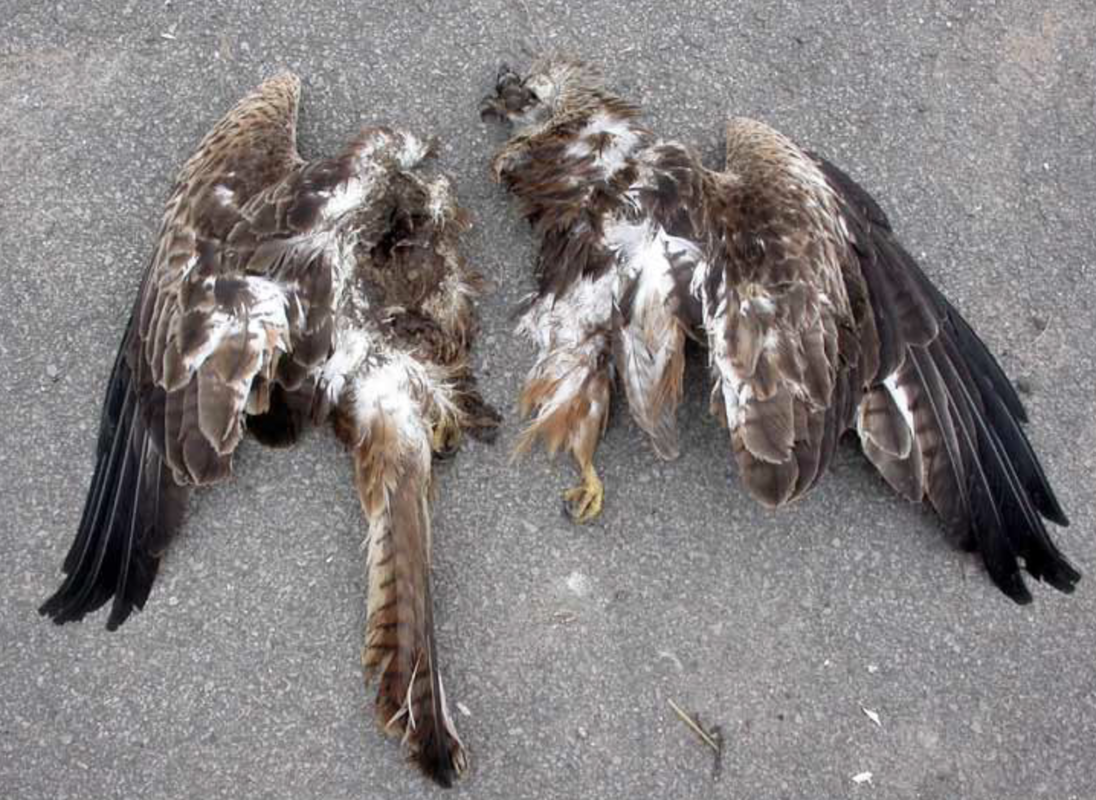



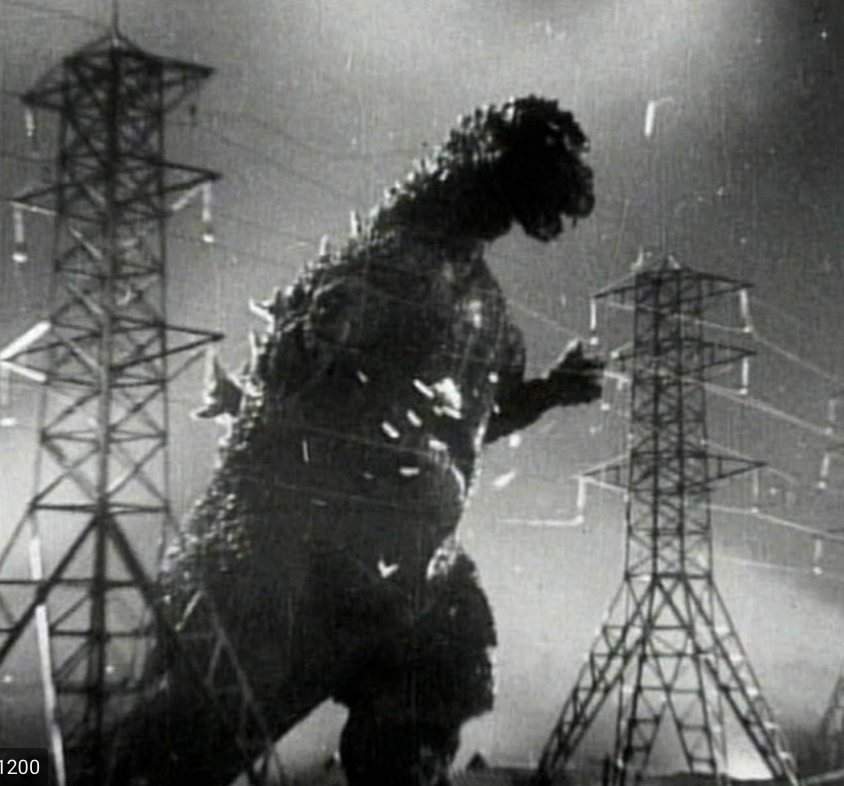
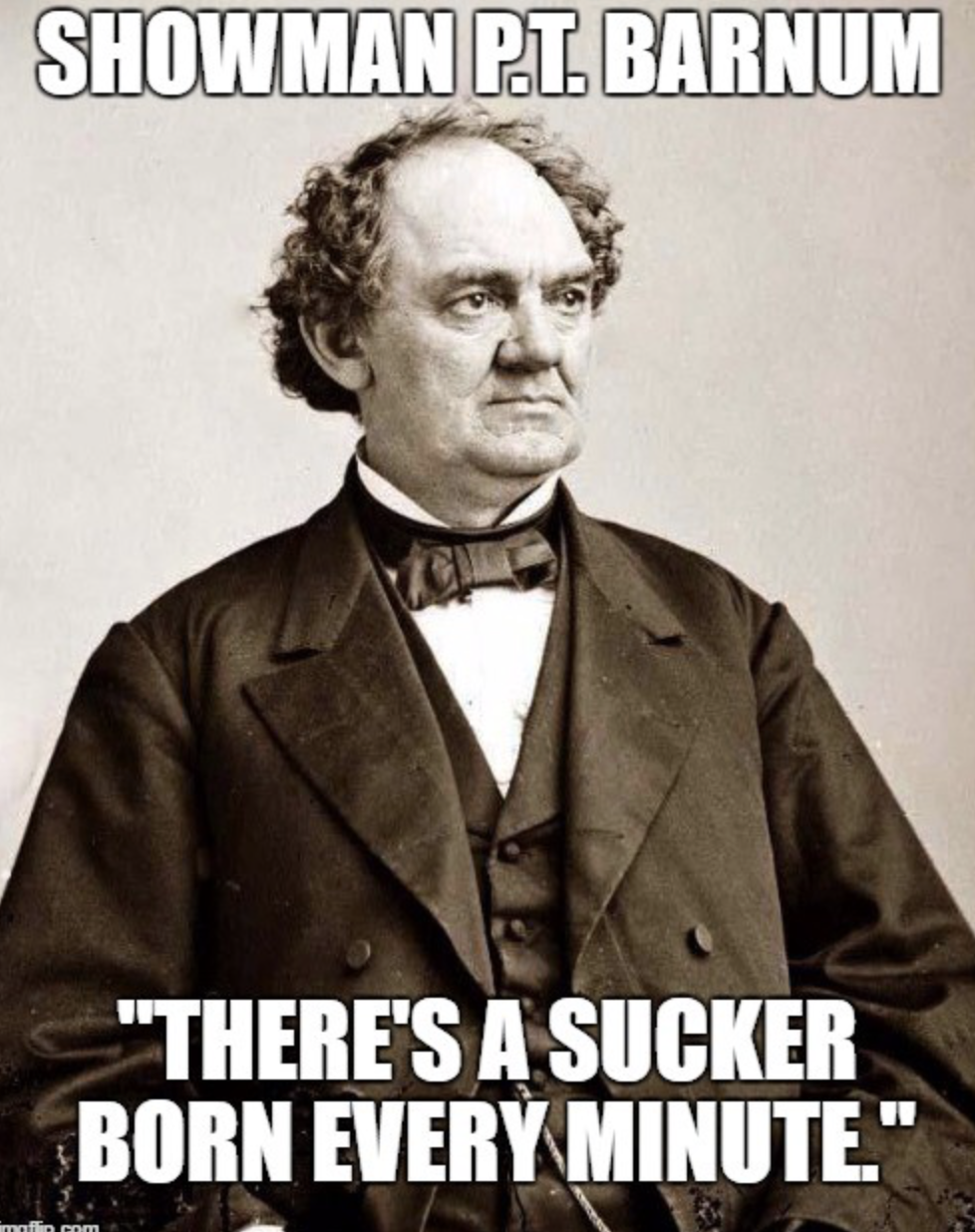
 RSS Feed
RSS Feed